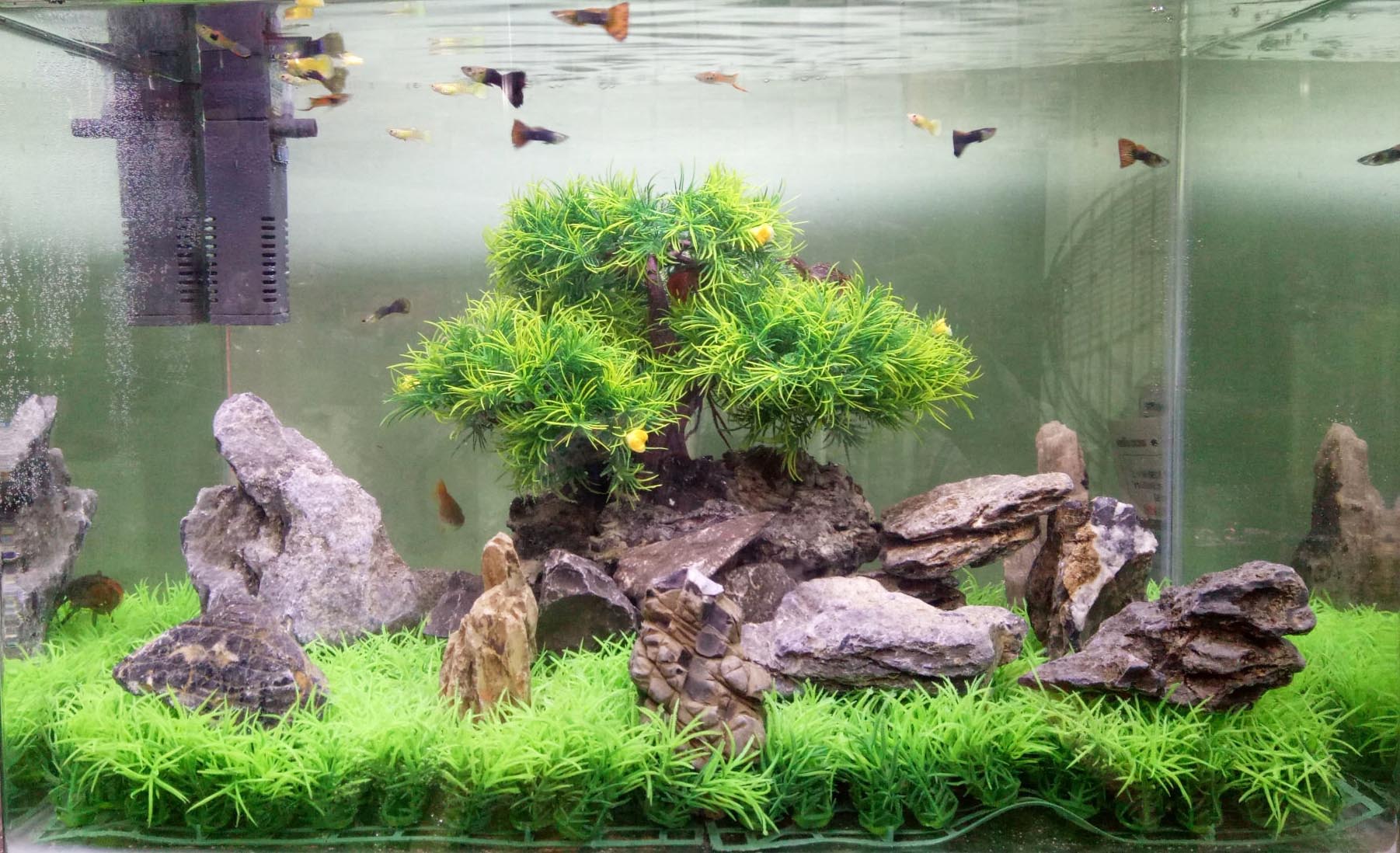Rating of the best kitchen tiles for 2022
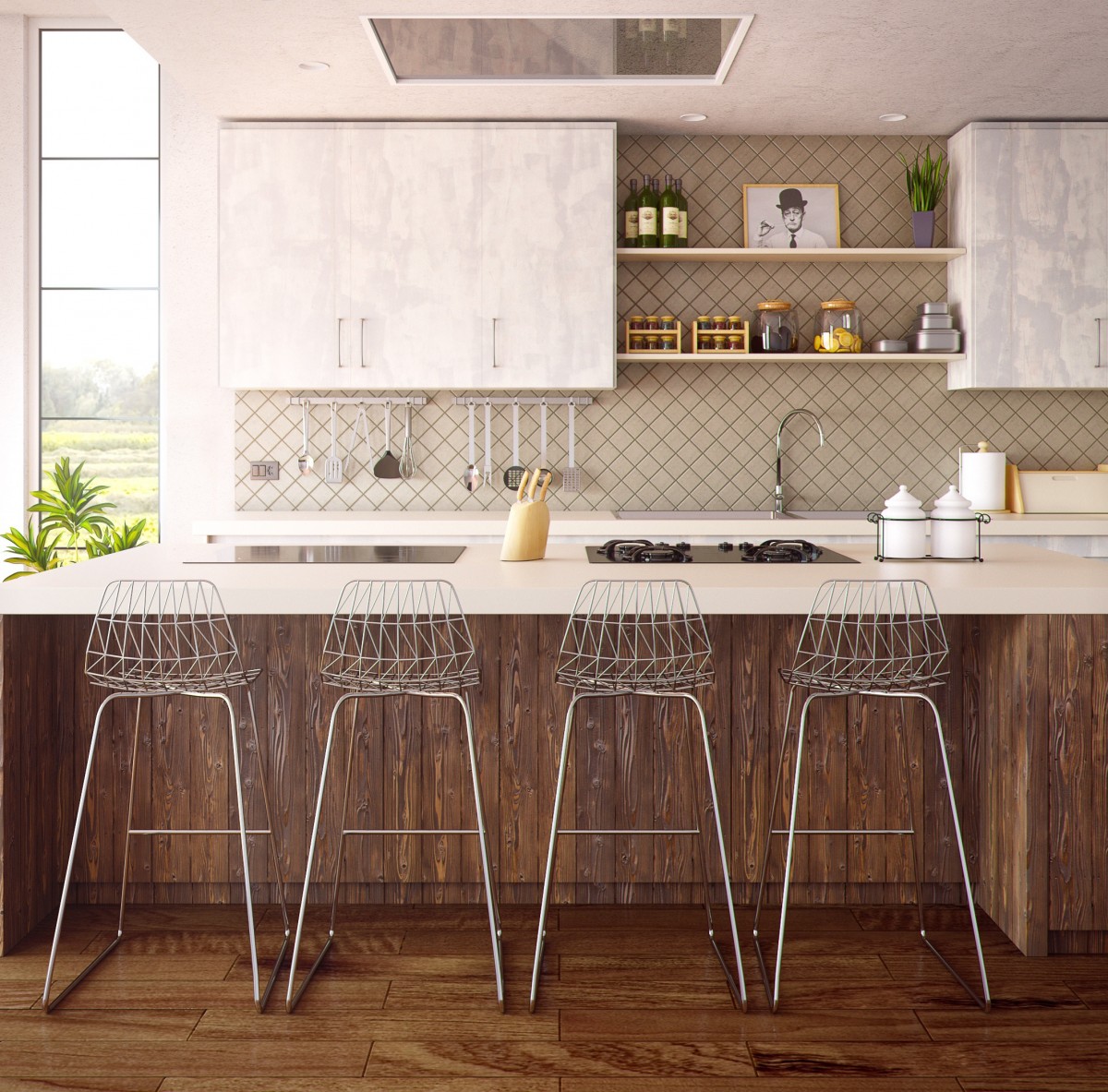
Tiling your kitchen will be the best solution that will not only give your kitchen a neat appearance, but will also make it easy to clean, while at the same time turning the cooking process into a pleasant experience. Tiled material is able to maintain its operational properties throughout its entire service life, withstand significant temperature changes, resist mechanical stress, and also attract a minimum of dirt.
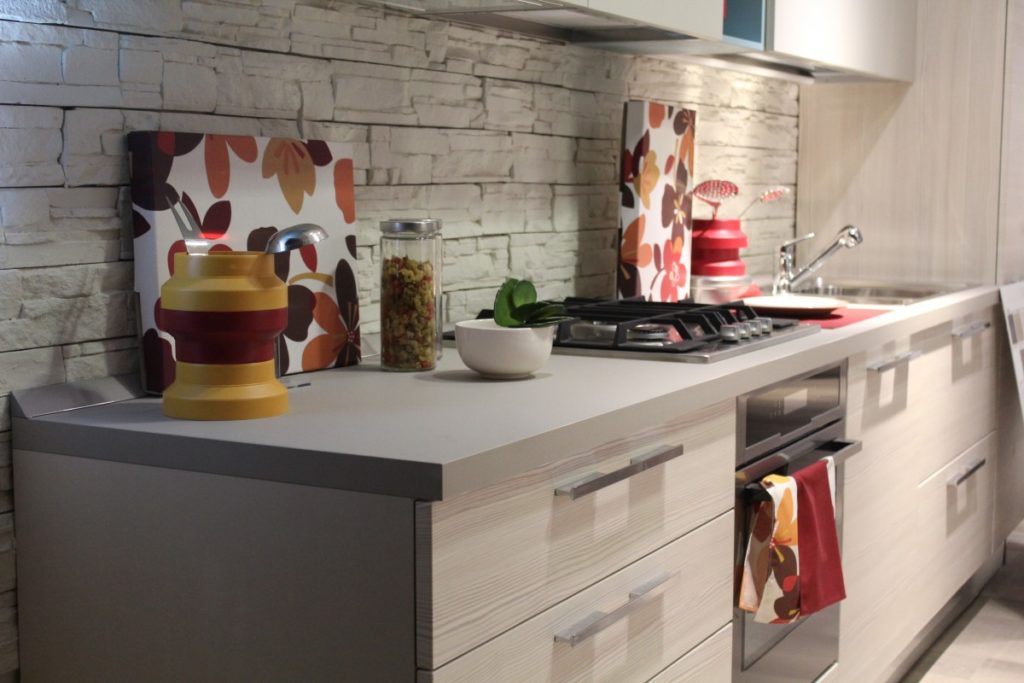
Content [Hide]
Kitchen tiles - general information
Through this consumable, you can adequately decorate any part of the kitchen space: the work area, the eating area, and the apron itself. The main advantages of tiles often include:
- The maximum presence of protective qualities (durability, fire resistance, wear resistance, moisture resistance, environmental friendliness);
- Easy and comfortable surface care;
- Wall protection factor against the formation of mold / fungus;
- A large assortment of material on the market, which expands the scope of choice;
- Variable price limits - models can be selected for almost any budget;
- Possibility of integration with the latest technologies (for example, work with underfloor heating of the "smart home" system).
There are relatively few drawbacks to these consumables and they are all related to the laying process (for example, the difficulty of accurately cutting individual chips when laying out for the wrong geometry), however, this problem can be solved by leaving the lining process in the hands of professionals.
Basic technical characteristics and their marking
Any tile intended for laying in such a complex room as a kitchen has certain parameters that affect the quality of its future operation.
Varieties
They are informatively reflected in the accompanying documentation for the product, and there are three types of them:
- 1st - the highest standard, products have (if they have at all) a minimum of defects, have deep colors, and the shape of each chip is geometrically correct;
- 2nd - produced using accelerated technology, which indicates the possible presence of chips and cracks, flaws in geometric shapes, but has a lower price;
- 3rd - made from the remnants of the main technological material, designed exclusively for finishing draft rooms, where the functionality of the consumable is more required than its appearance. As a rule, it is not sold at retail, it is ordered in bulk from the manufacturer.
Firing options
This indicator means the quality of the fire hardening of the material. If repeated and prolonged exposure to high temperatures on the tile does not have a completely destructive effect on it, then it is suitable for laying in any area in the kitchen - from the work area to the dining area. If the tile does not have the required level of hardening, then when it comes into contact with fire, its surface will take on a porous appearance, and it will become brittle. This type of product is best placed as a floor covering and kept away from fire (marked with an open flame icon).
Resistant to synthetic detergents
For this parameter, international marking is used (in letters):
- "AA" - the sample can interact with any cleaning agents, up to abrasives (the highest degree of resistance);
- "A" - interaction is permissible with alkalis, but no more (high degree);
- "B" and "C" - the product can withstand the effects of the most standard cleaning products, but not aggressive (medium degree);
- "D" - practically cannot be processed with chemical agents, requires only mild care (low degree, typical for decorative samples).
Batch release/production
It is no secret that the smallest changes in production technology can affect the individual characteristics of each batch. Thus, any change in the amount of strengthening additive added can make tiles from different batches (seeming, at first, visually identical), completely different in terms of strength. This will be true for colors as well. Thus, in order not to spoil the overall picture of the finish, it is necessary to use chips from the same set (batch) in the same room, the number of which is indicated on the package.
Wear resistance
This parameter is extremely important for the type of consumables under consideration, since the kitchen is the place where a person spends a lot of time. The marking of the specified parameter is the same for the whole world and is denoted by the abbreviation PEI (+ Roman numerals in five variations):
- V - the highest durability, involving laying in rooms with a large flow of people (kitchens in hotels, catering areas at airports, etc.);
- IV - reinforced resistance, able to withstand short-term, but strong mechanical stress (cooking areas in restaurants and bars);
- III - medium resistance, allows frequent moderate loads;
- II - low resistance, it is supposed to be used only in personal premises (a vivid example is home cooking);
- I - weak resistance, characteristic of artistic and decorative tile samples, almost not enduring third-party loads.
Soundproofing
This parameter is not mandatory for the vast majority of consumables under consideration, however, such models are also found. They are marked with a human ear icon and are designed for large kitchens. The soundproofing effect is achieved due to special technological additives added during the production process.
Chip weight
This parameter is important and thanks to it it is possible to calculate the possible load exerted by the chip on the wall (or surface) and determine whether the wall can cope with its tight retention. It is indicated by the corresponding indicator in figures for pressure per square meter.
Varieties of kitchen tiles
- Ceramic granite
It has long been a very popular specimen due to its strength and moisture resistance. Available in any variation - both in color and geometry. It can be stylized as natural materials - wood or natural stone. Porcelain stoneware is easily laid using a seamless method, which saves on seams and facilitates the future cleaning process. The material itself will perfectly cope with the fall of even heavy objects on its surface without succumbing to cracking.
- Majolica
The name of this variety is based on the characteristic oriental pattern that is reproduced on its chips. Due to the complexity of the applied image, it may have a slightly overestimated cost. It is customary to use such samples for finishing a kitchen apron in order to focus attention on this working area.
- natural breed
This includes tiles made of marble or granite. It allows you to create a visual effect of high cost, and it is very easy to recognize it - the natural pattern is not repeated on any chip.However, it is too heavy, which means it can only be stuck on solid walls. It is quite easy to clean, has high strength, but is far from cheap.
- Clinker
This material has a rough external texture and is easily mistaken for finishing with old brick. Operational qualities are average. It can perfectly harmonize with common modern interior styles - “English modern”, “loft” or “country”. Special glass additives can be added to its composition, allowing the use of a clinker-finished surface as a heat-resistant panel. Recommended for finishing areas where cooking takes place over an open fire.
- cotto
This tile variation has a rough brown-red tint, which is achieved through the use of high firing temperatures in the production of clay. The product is characterized by resistance to abrasion, has high water-repellent performance. Can be used in any kitchen area.
- Metlakhskaya
Another universal tile that can be laid in any part. The clay used for it is characterized by special qualities of durability, strength and mechanical endurance. It perfectly tolerates temperature changes, and a wide assortment and color range will help to create a full-fledged work of art on its basis. In the care is not whimsical.
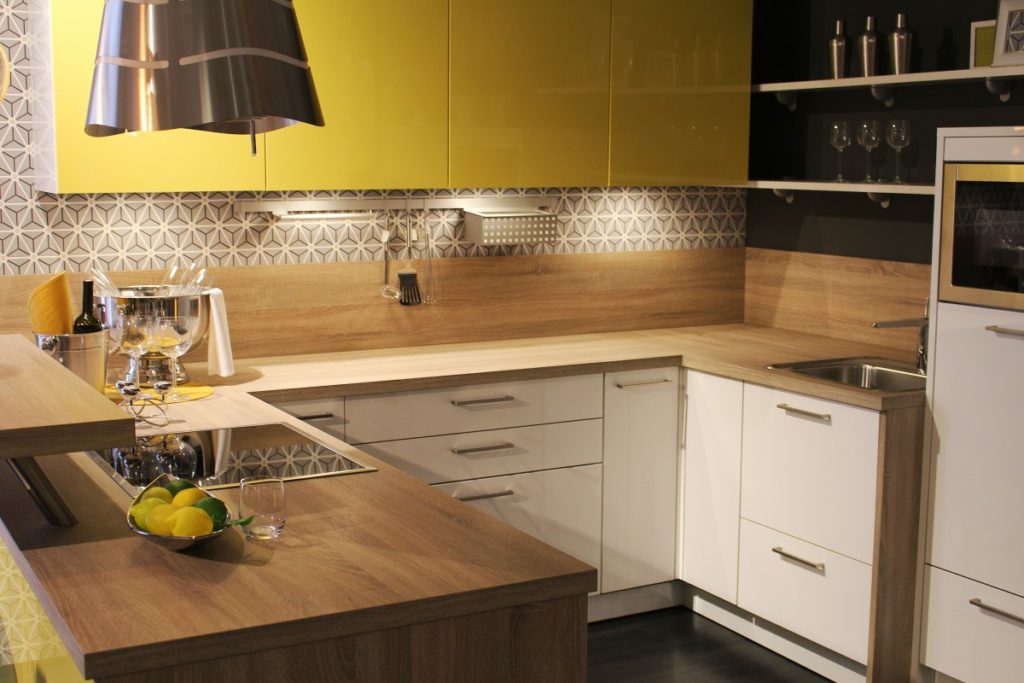
Difficulties of choice
Given the above technical parameters of kitchen tiles, before buying it, you must check the compliance of the selected product with the following indicators:
- The product should not be easily destroyed if dishes are accidentally dropped on it or hit on it;
- If the tiles are laid on the flooring, then they must have the appropriate roughness and not be very slippery;
- The product should be easy to clean, because its daily contamination when working in the kitchen is almost inevitable;
- The tile should fit perfectly into the surrounding interior, creating a favorable atmosphere.
When determining the color scheme and design style, it is necessary to focus on certain points:
- In the general design of the room, there must be at least one component that would set off the overall picture, but at the same time not introduce disharmony;
- The tile should be in harmony with the furniture and equipment present in the kitchen, match the color of the headset and countertops (it is allowed to play shades that can be one or two shades darker or lighter);
- Chips should visually increase the spatial volume, even when there is a headset made of a completely unrelated material in the room (for example, a porcelain apron in combination with wooden boxes in a natural finish);
- It is desirable to perform the apron zone in white or beige tones, because they are considered the most versatile.
Smart combination of design solutions
In this matter, you must follow the following rules:
- For flooring (even if the chips themselves have a bright pattern), it is better to select its matte “calm” version;
- It is through flooring that you can successfully “zoning” the kitchen;
- For small areas, it is preferable to apply the general design in the style of "modern" or "classic";
- If it is intended to use mosaic material, then it is better to first lay it out on uneven grounds - this way it is possible to visually mask possible flaws;
- Large artistic images are suitable only for large areas, otherwise they can only visually reduce the spatial volume.
Choosing a grout shade
Troweling operations will definitely be needed if a mosaic finish is used. It is possible for her to allow the same colors of grout and fugue, although their bright contrast is also allowed. The best solution would be to use a grout that is one or two shades lighter or darker than the base that is supposed to be processed. The technical parameters of the grout are also important - they must match the type of tile, the size of the chips used, and the overall visual effect.
Methods for tiling kitchen spaces
- "Classical"
This is the simplest method, butt-to-butt chips, which will show clean and straight lines between the seams. The method is suitable for almost all types of consumables under consideration that have sharp corners (with the exception of models with rounded edges). The classic way, according to professionals, looks out of place in only one style - "loft", where, most likely, you will have to perform a lot of trimming on the chips.
- "Scattered"
This method involves lining with a half-length offset of each chip. It does not present any particular difficulties during installation, and the end result looks quite presentable (with skillful laying out, it is even better than “butt-to-butt”). Visually, it gives the effect of a semblance of brickwork. Using the same method, it is desirable to carry out vertical finishing, which, to some extent, will help reduce pressure on the wall. At the same time, a large number of cuttings for chips will not have to be done.The only thing, “just in case of a fire”, you need to have 1-2% of consumables in stock from the total amount of purchased material.
- "Herringbone"
This method is ideal for laying out rectangular chips - each element will dock with the other at an angle of 90 degrees. This cladding is suitable for most newfangled interior styles. However, the “Christmas tree” method is characterized by a large number of tile cuts, because standard rooms most often have regular square or rectangular shapes.
- "Diagonal"
Such cladding is used in cases where the direct task is to visually increase the volume of the kitchen. Diagonally, you can lay out both rectangular and square tiles. Nevertheless, it is desirable that the entire lined surface corresponds to one color tone.
- "Chess"
The method of tile arrangement speaks for itself and uses chips with diametrically opposed colors. A checkerboard layout is also acceptable for ornamental tiles, but the opposition of one element to another will be achieved by completely turning the pattern on the tile (by 180 degrees) in relation to the previous element.
- "Linear"
This method involves the creation of long parallel lines based on the use of tiles with two contrasting colors. The result looks very original, but in practice it is rarely used.
- "Kaleidoscope"
With such a layout, tiles with different designs are superimposed simply and randomly, without observing any system. The solution is suitable for artsy design styles "a la Warhol".
Rating of the best kitchen tiles for 2022
Universal tile (for any part of the kitchen)
4th place: "VEROL" under the tree"
votes 0
The tile for the kitchen interior perfectly protects the walls from damage, is moisture resistant and heat resistant. The patterns are printed with German eco-solvent ink, withstand long-term use without being damaged or worn out. Odorless, safe for human health. The set is securely packaged in a sturdy box. The recommended cost for retail chains is 320 rubles.
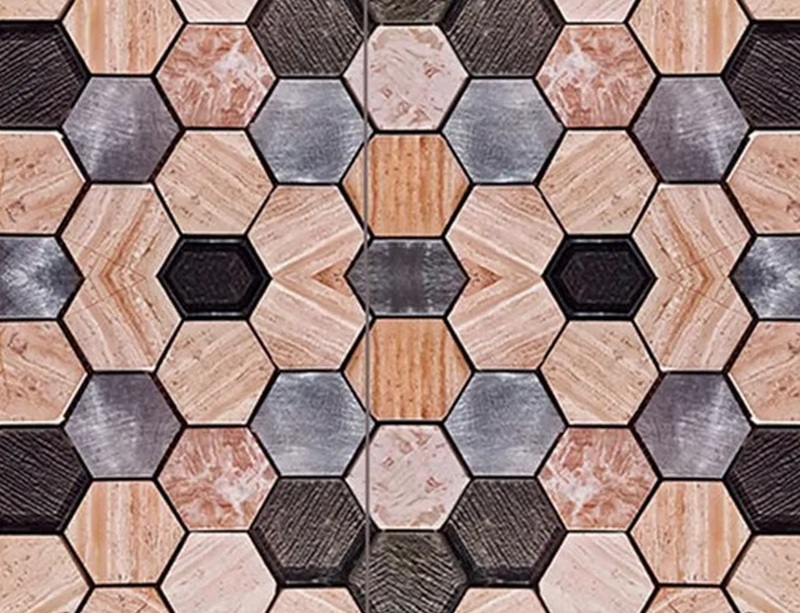
- Environmental friendliness;
- Ease of care;
- Durability.
- Not detected.
3rd place: "Sensa Green Gold, green/brown, chip size: custom"
votes 0
These consumables are distinguished by their unusual texture and unique color. This is an elite and exclusive finishing material, which is made of high quality glass. It is used in the decoration of vertical and horizontal surfaces of various sections of the kitchen. Elements will bring notes of wealth and sophistication to the interior. The material is easy to care for and can be cleaned with traditional detergents. The recommended cost for retail chains is 410 rubles.
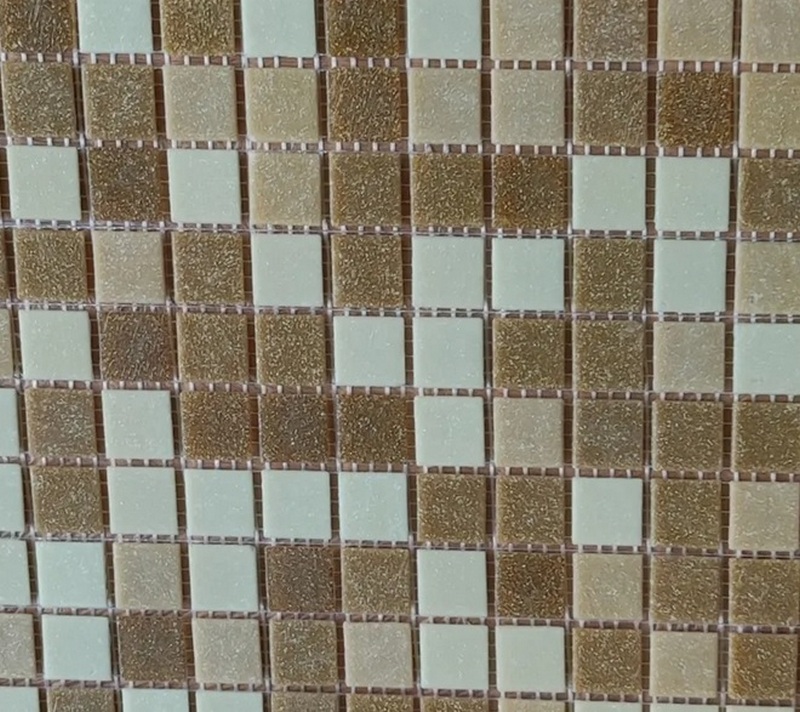
- The minimum water absorption of the mosaic allows it to be used in rooms with high humidity;
- Easy to care for, the material is cleaned with conventional detergents;
- The elements are assembled on a durable flexible mesh, which significantly speeds up the installation process.
- Not detected.
2nd place: "Sensa Dark Blue, marine, chip size: custom"
votes 0
Despite the fact that this mirror tile itself is somewhat fragile, but the special processing gave it strength and durability, while maintaining a decorative effect.Such a mosaic will fill the kitchen room with a bewitching play of light and mother-of-pearl tints, emphasizing the high status and good taste of the owner of the room. The recommended cost for retail chains is 420 rubles.

- Stunning, luxurious appearance of a shining mother-of-pearl finishing material;
- High strength and durability of the mosaic;
- Natural environmentally friendly finishing material.
- Not detected.
1st place: "Magic of color" hexagon, white/wood, anti-vandal"
votes 0
This type of material has an additional coating - lamination, which makes it resistant to scratches, moisture, fading and any other damage, allows it to be used for decorating kitchen aprons and tables, window sills, the surface of which requires frequent and specific care. The advantages, in addition to wear resistance, are the clarity and brightness of the printed pattern, matte surface, ease of installation. The recommended cost for retail chains is 1225 rubles.

- Excellent protective properties;
- Versatility;
- Easy installation.
- Only dry cleaning is possible.
Apron sets
4th place: "Centurion", white, with 3-D design, panel 2000x600mm"
votes 0
Such a product will be a smart solution for the kitchen space, where a person habitually meets the day with a cup of coffee and sees him off for a leisurely delicious dinner. The basis for snow-white ceramic tiles will be a choice that will appeal to connoisseurs of comfort. High-quality three-dimensional execution will perfectly complement the apron area.The recommended cost for retail chains is 1200 rubles.

- Original 3D chips;
- Suitable for newfangled minimalist styles;
- Good protective properties.
- Not detected.
3rd place: "PVC Market" kitchen backsplash on the wall white"
votes 0
A simple and functional model for finishing the apron zone. Easy to install. It has an appropriate level of moisture resistance, is able to undergo significant temperature changes. Does not require special glass protection. It is unpretentious in leaving and without effort washes. The recommended cost for retail chains is 1300 rubles.

- Practical sample without frills;
- Good value for money;
- Unpretentious care process.
- Not detected.
2nd place: "Marble tiles" on the wall panel 3000x600mm, wall decor and kitchen interior"
votes 0
This model has a modern design, sufficient moisture resistance, easy to clean. It will help create a bright accent in the decor, protect the work area, and hide bumps and other wall defects. Due to the large size, the installation avoids unnecessary joints and problems with fitting the pattern. Not affected by mold and mildew. Compact packaging and lightness makes it easy to carry. Mounting the apron is very easy (you do not need specialists or expensive tools). The recommended cost for retail chains is 1330 rubles.

- Maximum quality fixation;
- Excellent picture clarity;
- Good density.
- Not detected.
1st place: "Ceramic Choko (600x3000x1.5mm) STELLA"
votes 0
A reliable and durable option for providing protection to the apron area. Made in traditional light colors. Installation is simple and it is allowed to lay out several chips at once using the panel method. Looks good in classic interiors. The recommended cost for retail chains is 1450 rubles.

- Alternative layouts are possible;
- Long chips;
- Proper strength.
- Not detected.
Conclusion
Tiles when facing the kitchen make the interior practical and complete. It is possible to complete such a coating with a floor, walls and an apron. It is only important to choose the right shape and color. At the end of the finishing, a high-quality and wear-resistant cladding with a complete picture is almost always obtained.
new entries
Categories
Useful
Popular Articles
-

Top ranking of the best and cheapest scooters up to 50cc in 2022
Views: 131653 -

Rating of the best soundproofing materials for an apartment in 2022
Views: 127694 -

Rating of cheap analogues of expensive medicines for flu and colds for 2022
Views: 124521 -

The best men's sneakers in 2022
Views: 124036 -

The Best Complex Vitamins in 2022
Views: 121942 -

Top ranking of the best smartwatches 2022 - price-quality ratio
Views: 114981 -

The best paint for gray hair - top rating 2022
Views: 113398 -

Ranking of the best wood paints for interior work in 2022
Views: 110320 -

Rating of the best spinning reels in 2022
Views: 105331 -

Ranking of the best sex dolls for men for 2022
Views: 104369 -

Ranking of the best action cameras from China in 2022
Views: 102218 -

The most effective calcium preparations for adults and children in 2022
Views: 102013




